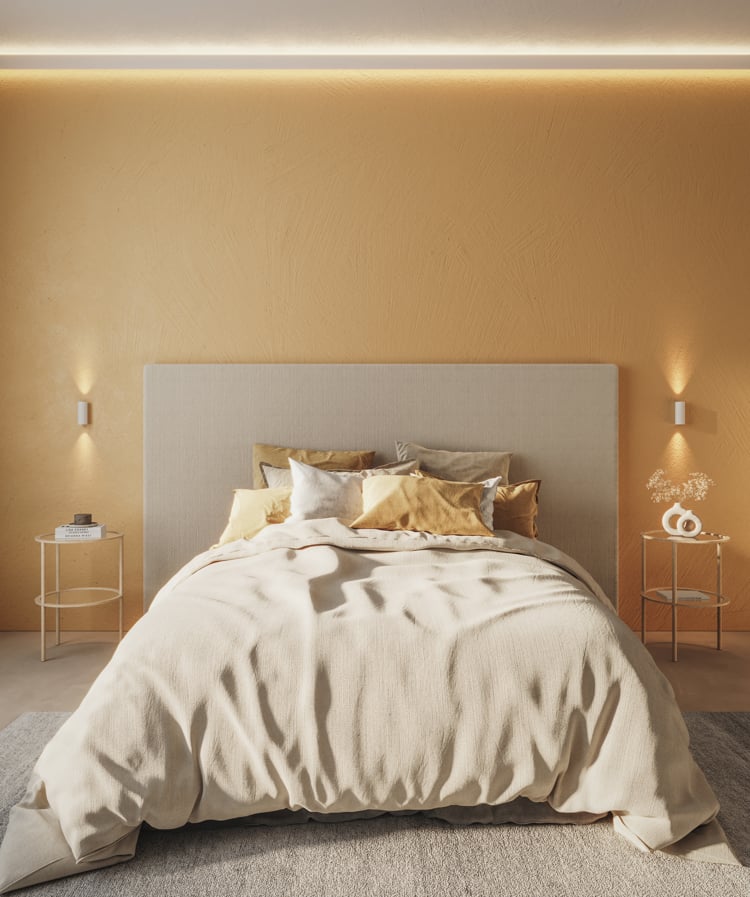
The Bedroom
Discover how to integrate light in the bedroom to maximise form and function.
Lighting plays a crucial role in setting the mood and ambiance of a room, and the living room is no exception. And the multiple uses of the living room require a variety of lighting options. By using the right mix of direct and indirect lighting as well as general and accent lighting, you can create a space that is both functional and beautiful.
Subscribe to our newsletter and receive regular updates on the latest product design and lighting design trends. Don't miss out on the opportunity to stay inspired and motivated. Sign up now and join our community of interior professionals.
Lighting design is an art that goes beyond just illuminating a room, it gives the space an additional dimension, bringing it to life. Tiene
Lighting Designer, Modular Lighting Instruments
Use a single electrical point to connect multiple luminaires. Never eat in the dark again.
Subscribe to our newsletter and receive more information and inspiration about lighting design for your residential, office and hospitality projects.